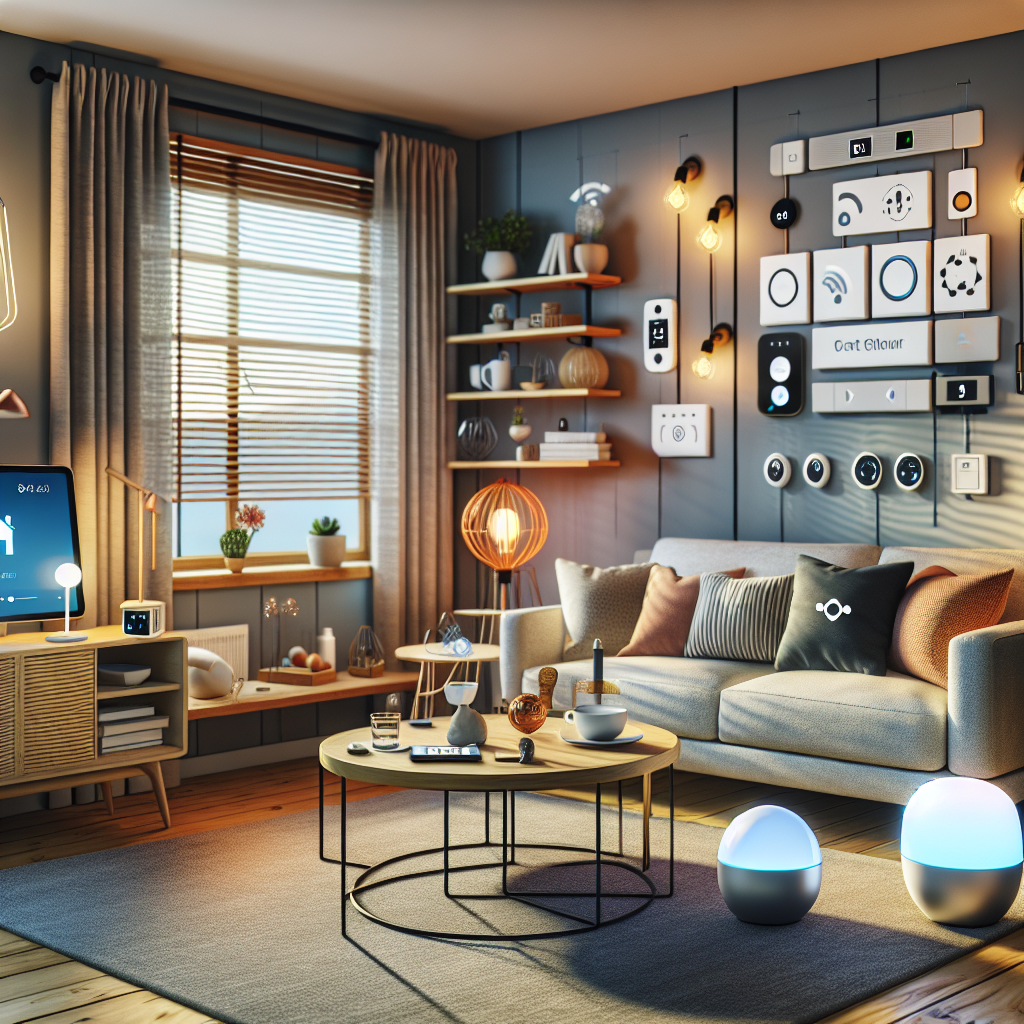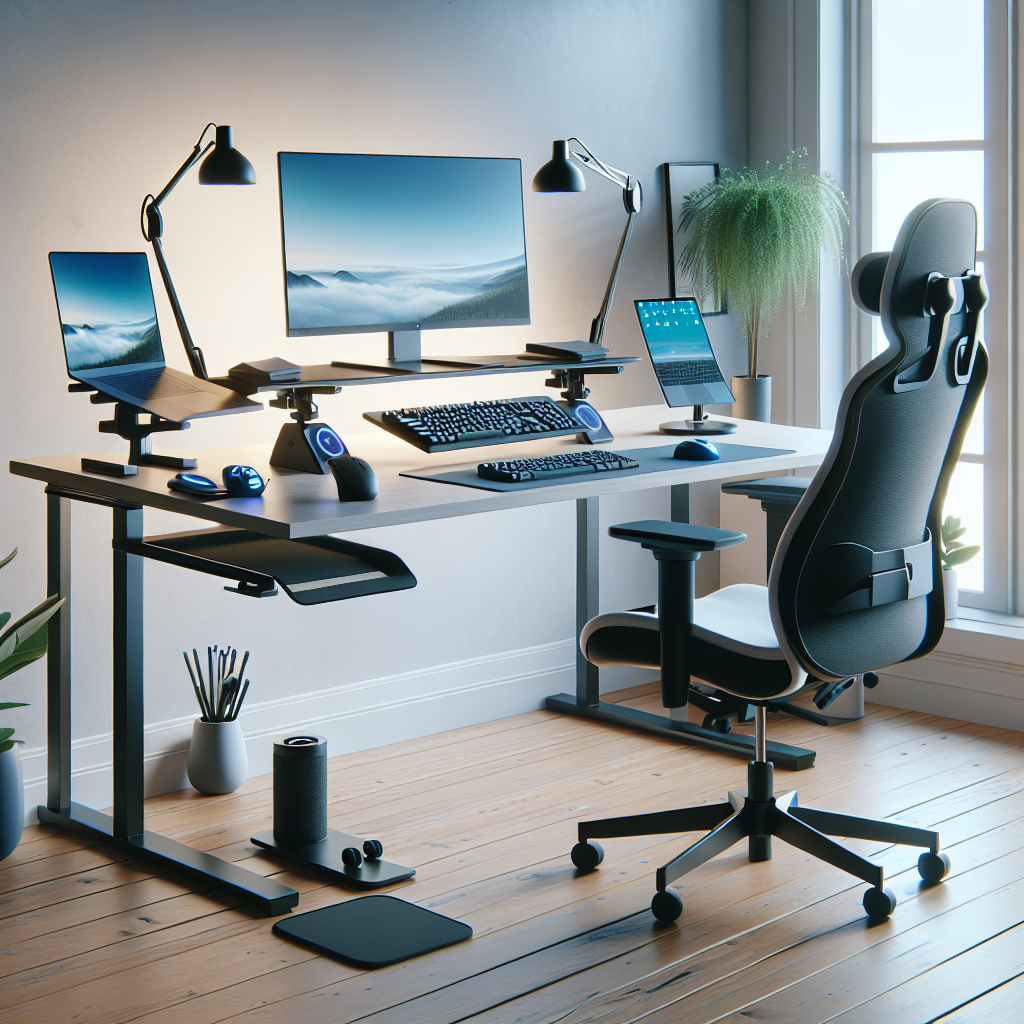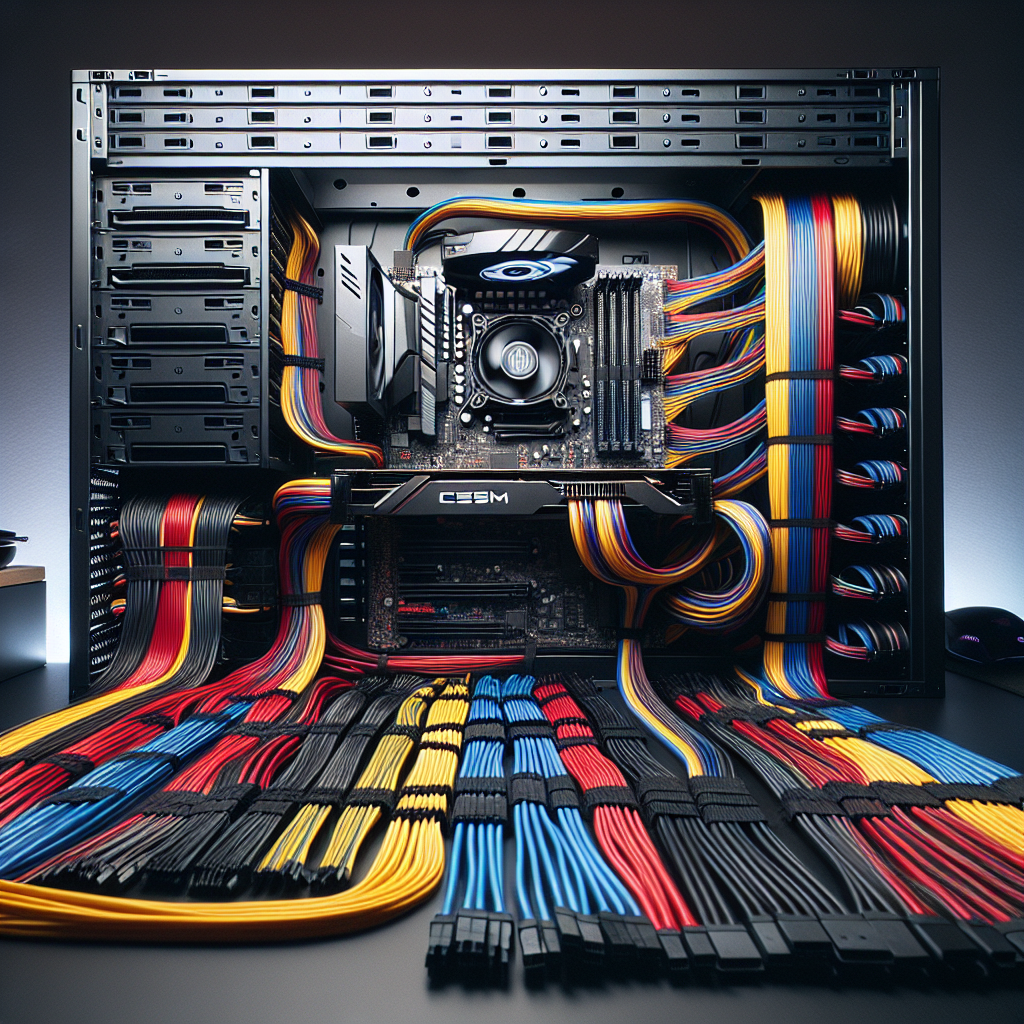Smart home automation has become increasingly accessible and affordable. With the right sensors and controllers, you can transform your home into a smart haven without breaking the bank. In this article, we will explore some affordable options and provide tips on how to set up your DIY smart home system.
Affordable Sensors for Smart Home Automation
There are several types of sensors you can integrate into your smart home system. Here are some budget-friendly options:
1. Motion Sensors
Motion sensors are essential for enhancing home security and automating lighting. Some affordable options include:
- Sonoff PIR2 PIR Motion Sensor
- Yi Home Camera 3
- Xiaomi Aqara Motion Sensor
2. Temperature and Humidity Sensors
Maintaining optimal indoor conditions is easy with temperature and humidity sensors. Consider these cost-effective choices:
- Xiaomi Mijia Smart Temperature and Humidity Sensor
- Sonoff Si7021
- Govee WiFi Thermometer Hygrometer
3. Door and Window Sensors
Ensure your home is secure with door and window sensors. Some affordable models are:
- Xiaomi Mijia Smart Door and Window Sensor
- Sonoff DW1 Door & Window Alarm Sensor
- Wyze Contact Sensor
Controllers for DIY Smart Home Automation
Controllers are pivotal in managing your smart home devices. Here are some affordable options to consider:
1. Smart Plugs
Smart plugs allow you to control non-smart devices. Popular and budget-friendly models include:
- TP-Link Kasa Smart Plug
- Gosund Smart Plug
- Teckin Smart Plug
2. Smart Light Switches
Automate your lighting with smart light switches. Affordable options include:
- TP-Link HS200
- Sonoff T1 UK
- Leviton Decora Smart Wi-Fi Switch
3. Smart Hubs
Smart hubs are crucial for connecting and controlling multiple devices. Cost-effective options are:
- Samsung SmartThings Hub
- Amazon Echo Dot
- Google Nest Hub
Tips for Setting Up Your DIY Smart Home System
Here are some tips to help you get started with your DIY smart home system:
- Plan Your Setup: Make a list of the devices you want to automate and prioritize them.
- Ensure Compatibility: Check that all chosen devices and controllers are compatible with each other.
- Start Small: Begin with a few essential devices and expand your system over time.
- Secure Your Network: Protect your smart home devices by securing your Wi-Fi network.
Conclusion
DIY smart home automation is an exciting and cost-effective way to bring convenience and security to your home. By choosing affordable sensors and controllers, you can create a customized smart home system tailored to your needs.




